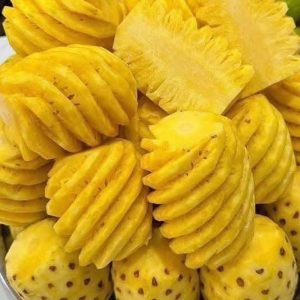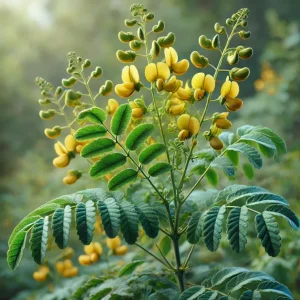
When searching for the perfect watermelon, a few clever checks can make all the difference. Start by flipping it over and inspecting the underside for a creamy yellow patch—often called the field spot.
This is the area where the melon sat on the ground while ripening. A deep golden-yellow or even orange hue is a strong indicator that it ripened fully in the sun, promising rich sweetness and flavor.
If the spot is pale or barely visible, chances are the fruit was picked too early and might be bland.

Look for Sweetness Clues in the Rind
Next, examine the rind closely. Rough, brown, web-like markings—sometimes referred to as “sugar scars” or bee stings—are actually a good sign. These patterns show that the melon was well-pollinated, which often leads to sweeter fruit. The more webbing you see, the more likely it is that bees did their job well, leaving you with a melon bursting with natural sugars.
Pay Attention to Shape
Not many people realize that the shape of a watermelon can hint at its flavor. Long, oval-shaped melons—often considered “male”—tend to have more water and less sweetness. Rounder “female” melons are usually richer in flavor and juicier. If you’re after a sweet, refreshing bite instead of just hydration, opt for the rounder ones.

Choose Weight Over Size
Don’t let size alone influence your choice. Larger melons can sometimes be overly watery and underwhelming in taste. Instead, pick one that feels heavier than it looks and has an even shape all around. This usually signals a perfect balance of juiciness and sweetness—ideal for enjoying on a hot day or bringing to a summer get-together.
A Foolproof Approach
By keeping these simple tricks in mind, you can confidently choose a delicious, ripe watermelon every time—no guesswork needed.
If you’d like, I can also make a more attention-grabbing, magazine-style version of this so it feels extra lively and engaging. That would make it pop even more for readers.




